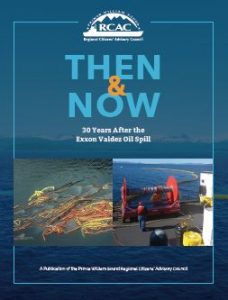Every year, the Council updates its compendium of scientific research and technical reports. The compendium is an excellent overview of the work we do. It includes summaries and links to our scientific research and technical projects. The compendium includes Council reports from the start of our research efforts in the early 1990s through 2018. Researchers, educators, media, and anyone wanting to know about oil spill science will find information on topics such as dispersants, hydrocarbon toxicity, invasive species, oil spill prevention and response technologies, and much more.
The Council conducts these studies in an effort to close the gaps in knowledge in critical areas of oil spill science. This information is important to the health of the waters and resources and the well-being and livelihoods of the citizens in our region.
Download the compendium:

